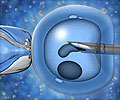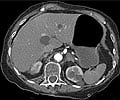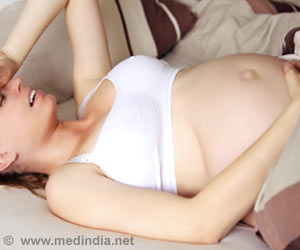Exposure to several factors in utero and in early life may lead to reduced semen parameters in adulthood - and potentially to a decline in male fertility, suggests a new study.

The study was based on follow-up of the Western Australian Pregnancy (Raine) Cohort, which began in 1989-91 with the enrolment of 2900 mothers during pregnancy; their babies had regular assessment from birth, which included fetal growth measurements.
Part of the 20-year follow-up of this cohort (in 423 of the men at the age of 20-22 years) involved a testicular assessment, which included measurement of testicular volume, analysis of semen quality and hormone production - as well as body composition for fat distribution.
Results showed that around one in six of the men tested had sperm parameters below the "normal" threshold recently defined by the World Health Organization (WHO).
In addition, a quarter of the subjects (26.4 percent) had sperm whose appearance (morphology) did not meet the WHO's acceptable criteria.
When these results were correlated with the earlier fetal growth assessments, being consistently small in utero was associated with a significantly greater chance of having a sperm assessment within the lowest quartile of all the men assessed.
Men with good intrauterine growth were less likely to be in this lowest quartile of sperm production in adulthood.
Being exposed to their mothers' smoking (18.6 percent of men) was also associated with lower sperm production.
Source-ANI















